What are Vertebrates?
Vertebrae is the name of the bones which make up the spine. Accordingly, vertebrates are all animals that have the spinal cord in their skeleton. The main difference between vertebrates and chordates is that the notochord, which is a stiff and homogenous rod analogous to the spinal cord, has now been replaced by the vertebral column, which is a series of vertebras. Vertebras are connected by intervertebral discs, which allow the spine to be quite flexible even though it’s made up of very stiff and inflexible material. Vertebrates include fish, mammals, birds, amphibians and reptiles, therefore humans are also vertebrates (which can be proven by the existence of the spinal cord in our bodies). Although vertebrates can drastically vary in size (going from a few millimeters to more than 30 meters), they usually have fairly similar body structures, designed so that the spinal cord is the main axis around which everything else is placed. The spinal cord will usually have one end near the mouth, and the other end near the anus, which can usually be extended to form a tail (something humans have lost due to evolution). So far, many species of vertebrates have been discovered (about 66 000), though it’s mostly fish.
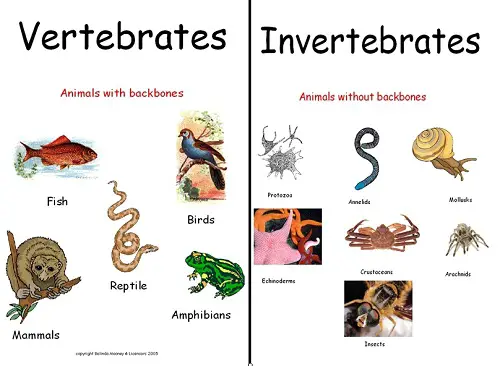
What are Invertebrates?
Invertebrates represent a far larger group of species, almost 97% of all the animal species that were so far discovered. It includes all animals that do not have the vertebral column, including lobsters, snails, clams, insects, worms, etc… A significant majority of invertebrates are insects, with more than 1 000 000 species discovered so far. Compared to that, the second largest number of discovered invertebrate species are molluscs, which amount to some 85 000 species. This is no wonder, as insects are by far the most diverse species of animals in general. Compared to vertebrates, which have their bodies built around their spines, invertebrates can follow a variety of different symmetries, such as the radial, bilateral and spherical symmetry. However, there are still some species that exhibit no symmetry at all, though these species are quite rare.
Similarities between Vertebrates and Invertebrates
The most obvious similarity between vertebrates and invertebrates is the fact that both describe a group of different animal species, meaning they both describe multicellular organisms that can reproduce. When looking at their body structure, in most cases both vertebrates and invertebrates will have bilateral symmetry, and they will both have segmented bodies (for example, both humans and crustaceans have several legs, a head, and a torso). There are some similarities on the inside, as well. For example, both invertebrates and vertebrates have a complete digestive system, a closed blood system, and both have a ventral heart. Finally, both groups of species can be found in most environments – whether underwater or on land, makes no difference. Briefly covered, the main similarities would be:
- Both vertebrates and invertebrates are groups of multicellular organisms that can reproduce
- Most species of both vertebrates and invertebrates have bilateral symmetry
- Both have segmented bodies
- Both have a complete digestive system
- Both have a closed blood system
- Both have a ventral heart
- Both have species that live underwater and on land, in most environments
Summary on Similarities between Vertebrates and Invertebrates
Although vertebrates and invertebrates are groups of animals, there are still some significant differences, mainly in the diversity and size of each group. While vertebrates cover some 66 000 species, invertebrates cover somewhere between 1 and 2 million species. This means that vertebrates describe some 2-3% of all extant species, while invertebrates describe the remaining 97-98%. There are still some similarities though, mostly relating to the body structure of vertebrates and invertebrates, since both have a complete digestive system, closed blood system, bilateral symmetry (in most cases) and a segmented body. Apart from that, both types of species are very diverse and can be found almost anywhere, and they both have a ventral heart.
Author: Dr. Howard Fields
Dr. Howard is a Clinical Psychologist and a Professional Writer and he has been partnering with patients to create positive change in their lives for over fifteen years. Dr. Howard integrates complementary methodologies and techniques to offer a highly personalized approach tailored to each patient.

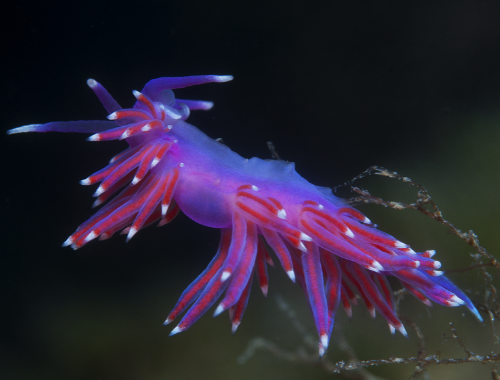
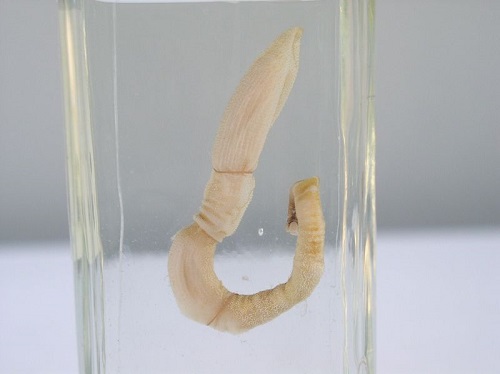


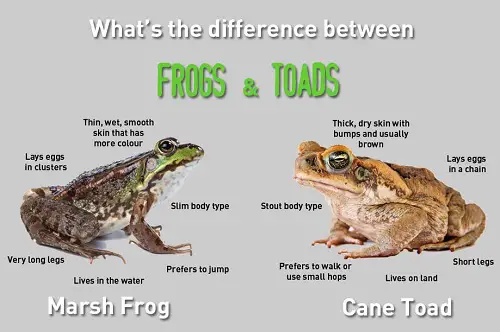
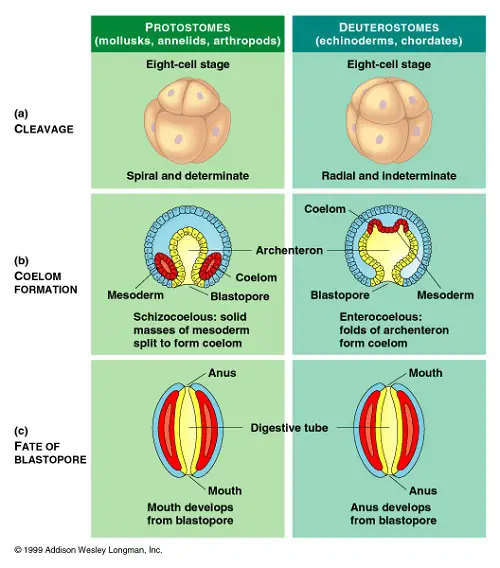





Leave a Reply